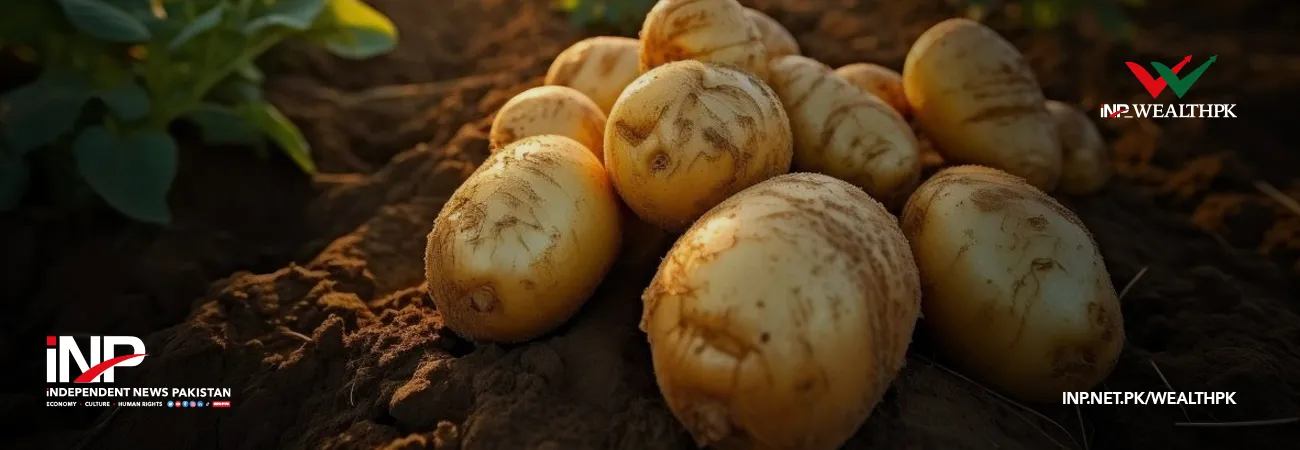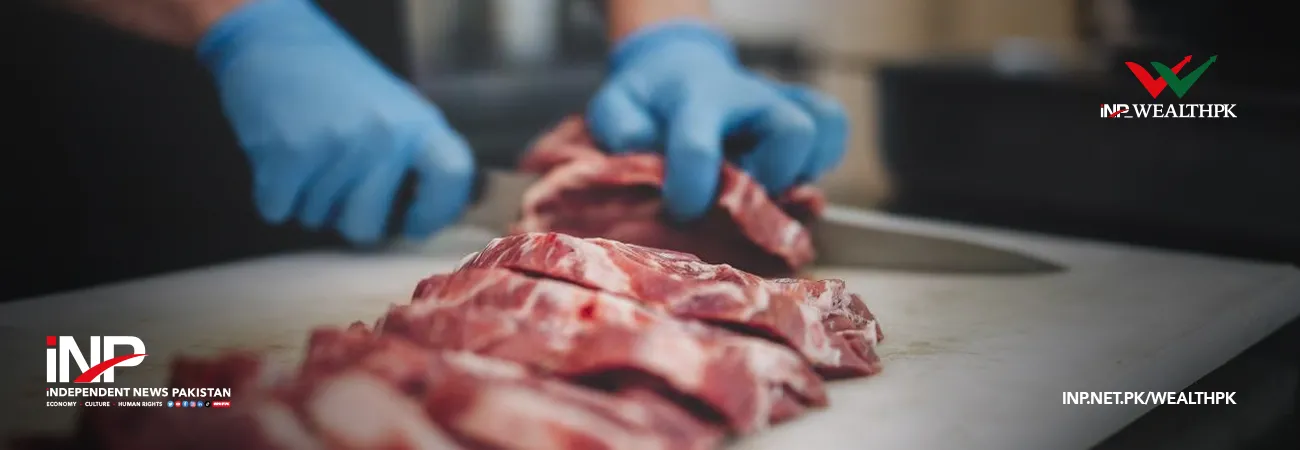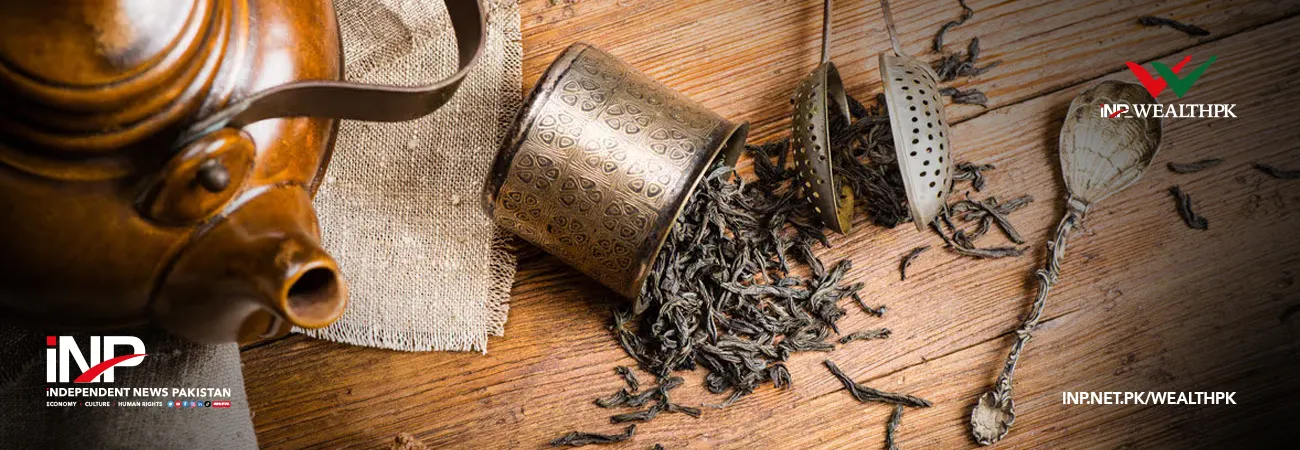By Muhammad Mudassar
ISLAMABAD, Feb 09 (INP-WealthPK): Being an agricultural country, Pakistan has great potential for pulses exports, but unfortunately, the country is unable to even meet its domestic demand because of various factors.
Pakistan mainly produces chickpea, lentils, moong, and mash, which are cultivated in only 5% of the total cropped area, according to the Pakistan Agriculture Research Council (PARC). Pakistan is the second-largest importer of pulses among Asian countries as it imported 1.2 million tonnes of legumes in the financial year 2019-20 valuing at $614 million, which is 21.5% more than the previous year.
Pulses Imports
| |
|
|
Value |
| Year |
Quantity (MT) |
Rupees (Million) |
Dollars (Thousand) |
| JULY - JUNE |
2019-20 |
1,211,383 |
97,383 |
614,562 |
| JULY - JUNE |
2018-19 |
976,889 |
68,265 |
505,957 |
| |
Percentage Change |
24.0 |
42.7 |
21.5 |
Source: Pakistan Bureau of Statistics
According to estimates, Pakistan spends more money on pulses imports than what it earns from exports of other major crops.
In 2007, the government imposed a 35% tax on the export of pulses with a view to curbing exports to meet the domestic demand. The country’s agriculture is rather dominated by four major crops (rice, wheat, sugarcane, and cotton), which consume large quantities of water, accounting for around 93% of the total consumed water. Notably, wheat crop needs four to five irrigations till harvest compared to only one or two irrigations for chickpeas, which show that pulses are water-efficient, and can be stored for long periods of time without losing nutritious value.
Lentils and chickpeas hold 20% to 25% proteins, 10% fiber along with zinc, iron, etc. Fat content is very low in pulses, which indicates they also help minimize obesity and related chronic diseases such as diabetes and heart problems.
Growing pulses is also good for soil health as they add primary healthy nutrients like nitrogen and phosphorous to the soil. Phosphorus is required for root growth and seed production, and nitrogen is required for leaf growth. Though chickpea is the most widely grown crop among pulses in Pakistan with a total area of 1 million hectares, 80% of the cultivated area comprises deserts, where soil nutrients are few and crop management is lacking. This results in lower yields.
Proper land and seed-bed preparations are important for better germination of seeds, crop establishment, and good yield. An important reason for low yield is also the imbalance in the use of plant nutrients.
Climate change effects such as droughts and floods also take their toll on crops’ output.
So, keeping in view the challenges undermining better yields of pulse crops, the government should introduce high-yielding, disease-resistant, and climate-resilient varieties.
Data indicates that less than 5% of farmers use certified seeds of recommended varieties, and due to a sharp rise in the population and subdivision of farms the land under cultivation is also sharply decreasing.
The government should also subsidize or withdraw the duties and taxes on the import of the latest technology/machinery. It needs to create linkages between scientists/researchers and farmers to minimize the gap between the results of research and their application on the farm.
Per acre yield of pulses will surely increase if the crops are properly irrigated and proper weeding and pest control are ensured.
There are around 90% of small farmers owning less than five hectares of land, who cannot afford modern farming technology and also lack the training to improve their yields. So, the government should focus on this segment as they are the backbone of the agriculture sector, by providing them training and equipping them with the latest farming machinery.













